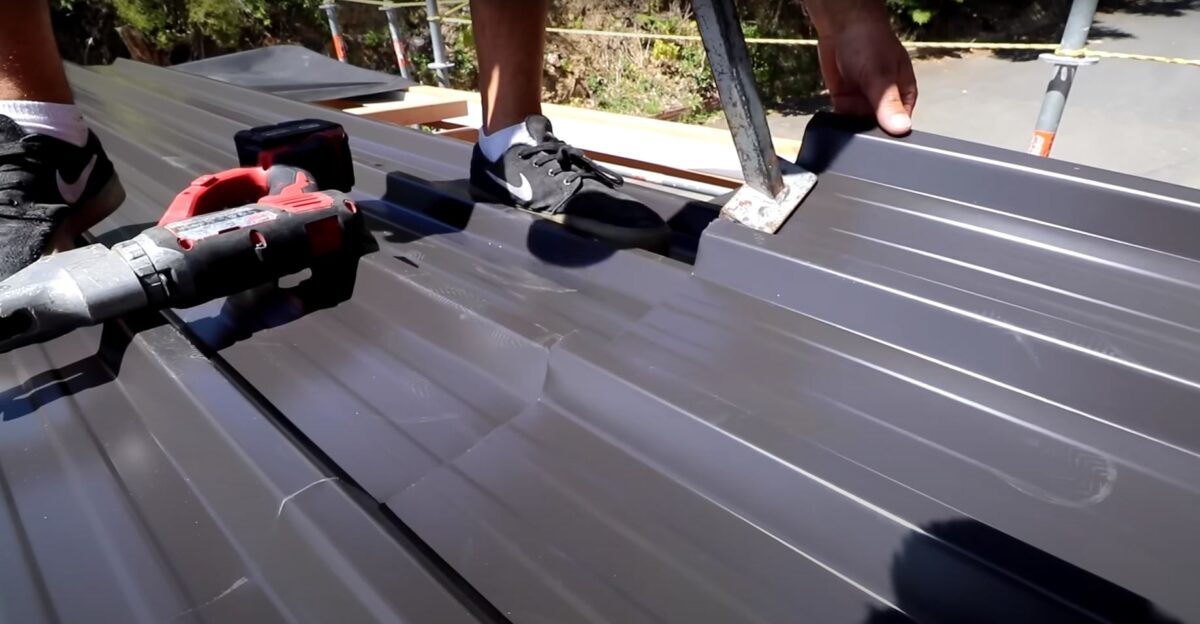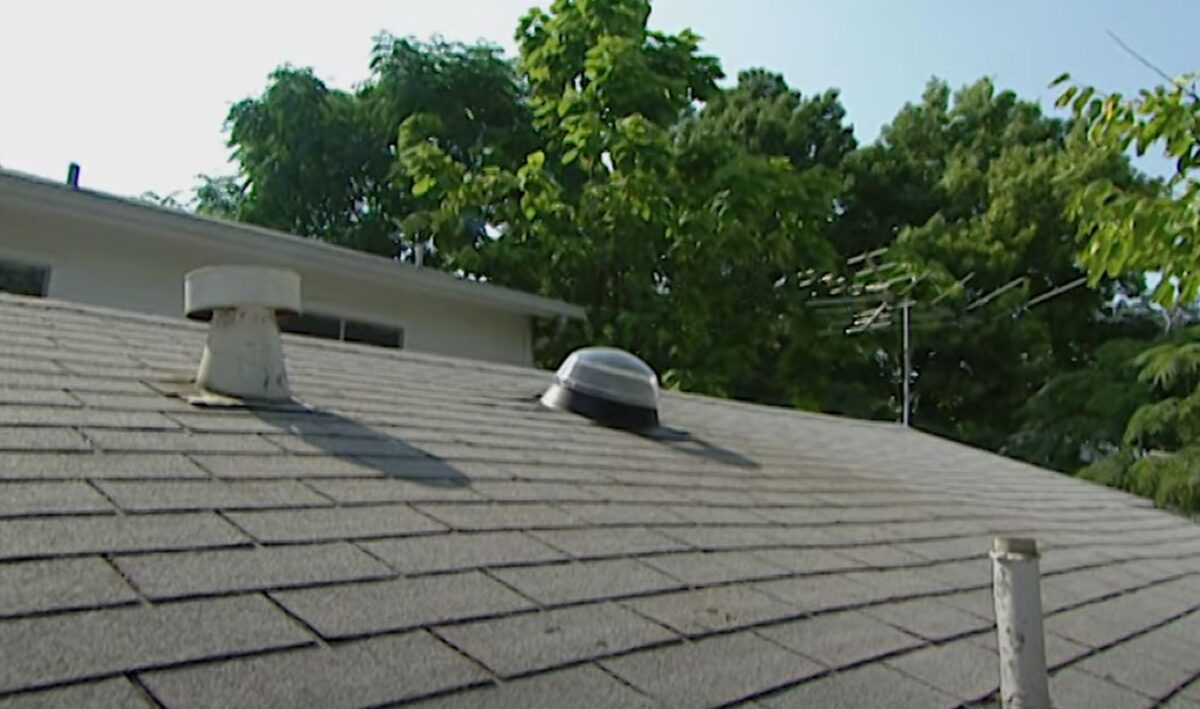How Environmental Concerns Impact the Cost of Metal Roofing in Auckland
Metal Roofing’s Popularity and Environmental Edge
Aucklanders have a growing affinity for metal roofing, not just for its aesthetic charm and durability but also for its environmental benefits. With a focus on sustainability, many homeowners now ponder how green considerations might influence the costs tied to metal roofing.
Diverse Metal Roofing Materials and Their Environmental Impact
Metal roofing is far from monolithic. Various materials, each with unique environmental footprints, come with different costs:
- Aluminium: Often salvaged from recycled materials, aluminium roofs have a reduced carbon footprint. Lightweight and anti-corrosion, these roofs are mid-priced, making them a favoured choice for Aucklanders.
- Zinc: A long-lasting material, zinc roofs are recyclable and carry a higher price tag due to their environmental and durability perks.
- Copper: Though captivating with its age-induced patina, copper roofing, while recyclable, involves energy-intensive mining processes, thus coming at a premium cost.
- Steel: Predominantly recycled, steel roofing materials, whether galvanised or coated, are sustainable and vary in cost.
Energy Efficiency and Long-Term Savings
Metal roofs are inherently reflective, pushing back a significant amount of the sun’s rays, leading to decreased energy bills, especially during Auckland’s scorching summers. Choosing a metal roof, despite a potentially higher upfront cost, promises long-term savings in energy expenditures.
Environmental Add-ons and Costs
There’s an increasing array of environmentally-driven add-ons available for metal roofing:
- Cool Roof Coatings: These reflective coatings further enhance the roof’s ability to repel sunlight, reducing energy costs.
- Rainwater Harvesting Systems: Integrated systems that collect rainwater, reducing water wastage and offering an alternative water source.
These green additions, while benefiting the environment and long-term wallet, might push initial costs higher.
Safety Standards in Auckland and Their Green Consequences
Health and safety regulations, especially in Auckland, can indirectly promote greener roofing choices. For instance, certain safety standards push for lighter roofing materials, indirectly promoting materials like aluminium which are both lightweight and sustainable. These regulations might affect costs, especially if specific equipment or expertise is mandated.
Council Bylaws and the Green Roofing Movement
Auckland’s local councils, especially in suburbs such as Whitford, Takapuna, and Freemans Bay, might have bylaws emphasising sustainable building practices. These regulations could influence your roofing material choices and the associated costs.
Maintenance and Environmental Considerations
Metal roofs, known for their low maintenance, do require occasional upkeep. Opting for eco-friendly sealants and fasteners, or even green cleaning solutions, can slightly elevate maintenance costs. However, these choices reduce environmental harm.
Summary Table: Metal Roofing and Environmental Cost Factors
| Aspect | Pros | Cons | Estimated Cost | Suitability |
| Aluminium | Sustainable, Lightweight | Mid-range cost | NZD 80/m² | Coastal homes, General use |
| Zinc | Recyclable, Durable | Higher initial cost | NZD 120/m² | Upscale homes, Longevity seekers |
| Copper | Aesthetic, Recyclable | Expensive, Energy-intensive mining | NZD 180/m² | Heritage homes, Unique designs |
| Steel | Highly recycled, Versatile | Price based on coatings and treatments | NZD 70-110/m² | Broad use, Sustainable homes |
| Environmental Add-ons | Increased energy efficiency, Sustainability | Initial investment might be higher | Varies | Green-focused homeowners |
| Safety Standards | Promote lightweight, sustainable materials | Can lead to added costs due to equipment | Varies | Compliance with Auckland standards |
| Council Bylaws & Regulations | Encourages sustainable practices | May limit material/design options | Varies | Homes in bylaw-specific suburbs |
| Eco-friendly Maintenance | Reduces environmental impact | Potentially higher costs for products | Varies | Eco-aware homeowners |
Metal roofing, with its myriad of green benefits, offers Auckland homeowners a sustainable choice that can have cost implications. By understanding the interplay between environmental considerations and cost, you can make a well-informed roofing decision.
Frequently Asked Questions on the Cost of Metal Roofing
What factors influence the price of metal roofing materials?
The cost of metal roofing materials is determined by the type of metal used (aluminium, steel, zinc, or copper), its thickness, finish, and any treatments or coatings applied.
Is metal roofing more expensive than traditional roofing materials?
While the initial cost of metal roofing can be higher than some traditional materials like asphalt shingles, it often lasts longer and requires less maintenance, potentially saving money in the long run.
How does the size and complexity of a roof design impact the total cost?
Larger roofs or those with intricate designs, such as multiple valleys, dormers, or hips, will require more materials and labour, leading to increased costs.
Are there any environmental benefits to choosing metal roofing?
Yes, metal roofs are highly recyclable, energy-efficient due to their reflectivity, and can integrate with rainwater harvesting systems, all of which can contribute to a reduced carbon footprint.
Does the finish or coating on the metal roof affect the price?
Absolutely. Specialised finishes or coatings, like cool roof coatings, can enhance the roof’s energy efficiency and longevity but might increase the initial cost.
How does maintenance cost for metal roofing compare to other roofing types?
Metal roofs generally have lower maintenance costs and longer lifespans compared to other materials. However, occasional inspections and potential re-coating can incur costs.
Are there any additional costs involved in installing a metal roof on an older house?
Possibly. Older houses may require structural enhancements to support the weight of a metal roof. Also, removing and disposing of the old roofing material can add to the cost.
How does the location of my home in Auckland impact the cost?
Certain suburbs, like Takapuna, Freemans Bay, and Whitford, might have specific bylaws or building codes that can influence the choice and cost of roofing materials.
Can I expect any cost savings on energy bills with metal roofing?
Yes, the reflective properties of metal roofs can reduce cooling costs in the summer, leading to energy savings over time.
How do health and safety requirements in Auckland affect metal roofing costs?
Local health and safety standards may necessitate specific installation methods, materials, or equipment, potentially influencing costs.
Are there hidden costs I should be wary of when installing a metal roof?
While most costs are straightforward, unforeseen complexities like roof deck repairs, customised flashing, or unique installation challenges might increase the price.
Does the choice of metal roofing installer impact the overall cost?
Yes, experienced installers might charge a premium for their expertise, but they can ensure proper installation, which can save money in long-term repairs and maintenance.

